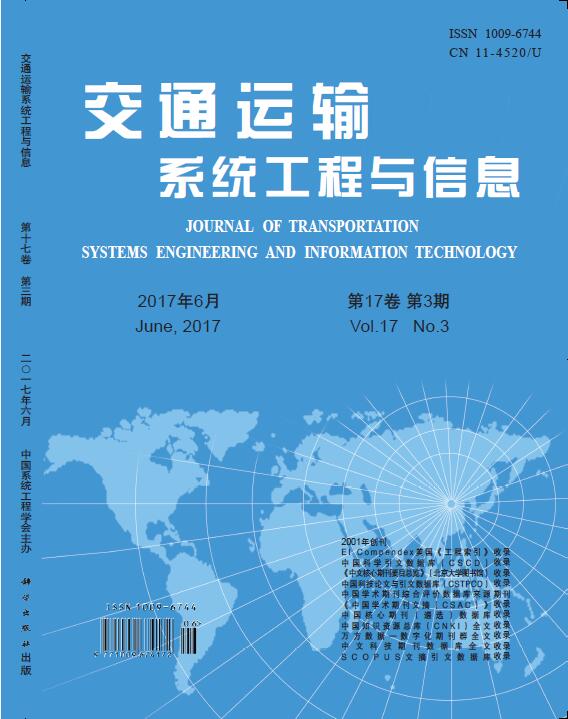In order to encourage the public to travel by the park- and- ride and metro mode as much as possible, and to relieve the traffic congestion in urban center area, the regional differential parking pricing strategy is studied. The investigations of parking charge, parking source, P&R intention and the passenger volumes of metro, bus and car are conducted at the Xi'an Rd. CBD in Dalian, China, and the main metro stations in the periphery area. Based on the theory of stochastic user equilibrium, the Logit model with four choosing limbs including metro, bus, car and P&R is constructed and calibrated using the investigation data. By adjusting the parking charges in different area, the relationship curves between the parking charge and the travelling proportions of P&R and car are obtained. Through the case study, the effect of the regional differential parking charge is analyzed. The research indicates that, increasing the parking fee of center area can make the travelling proportion of car mode reduce significantly. Reducing the parking fee of periphery area can make the travelling proportion of P&R increase.


